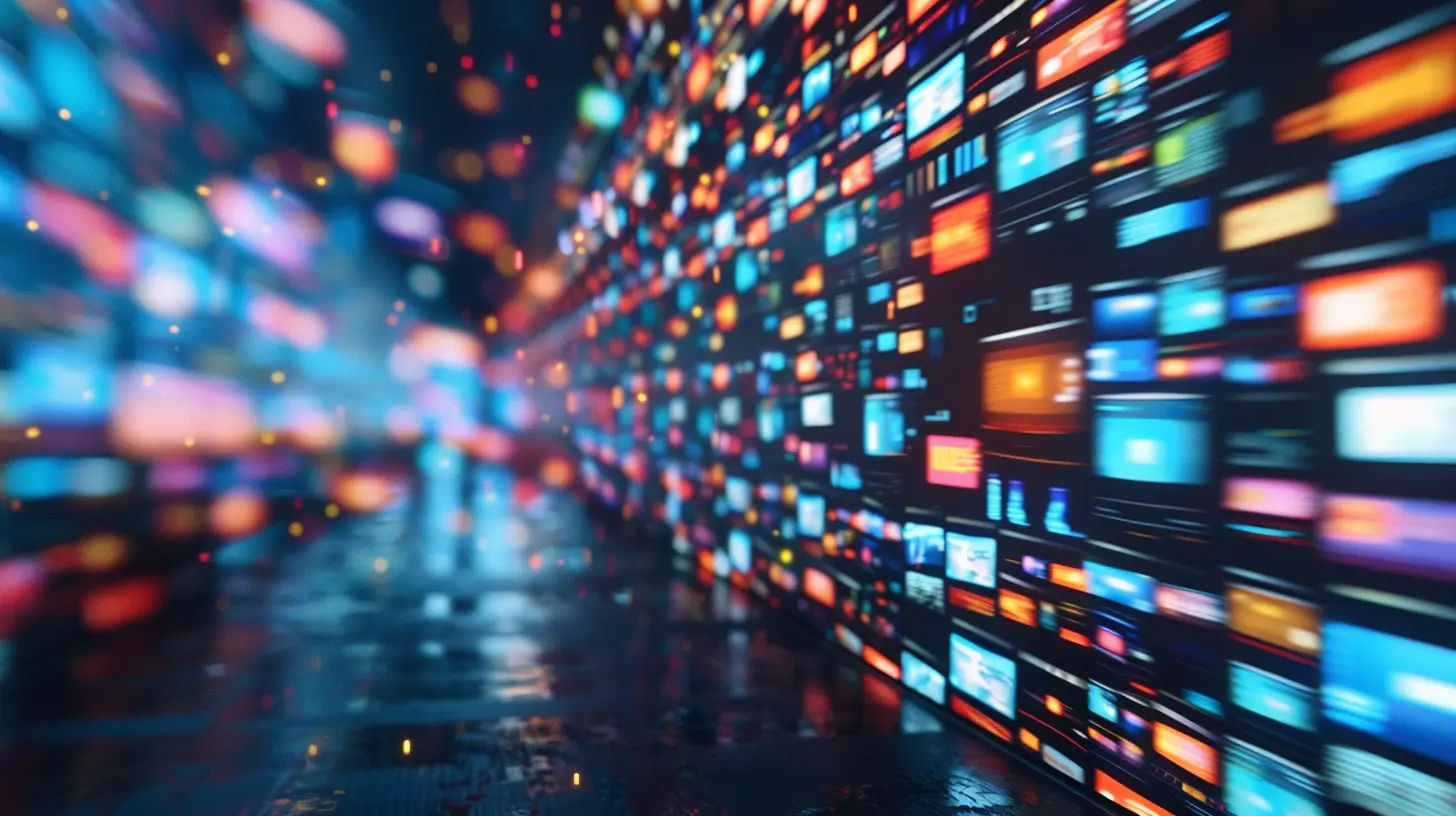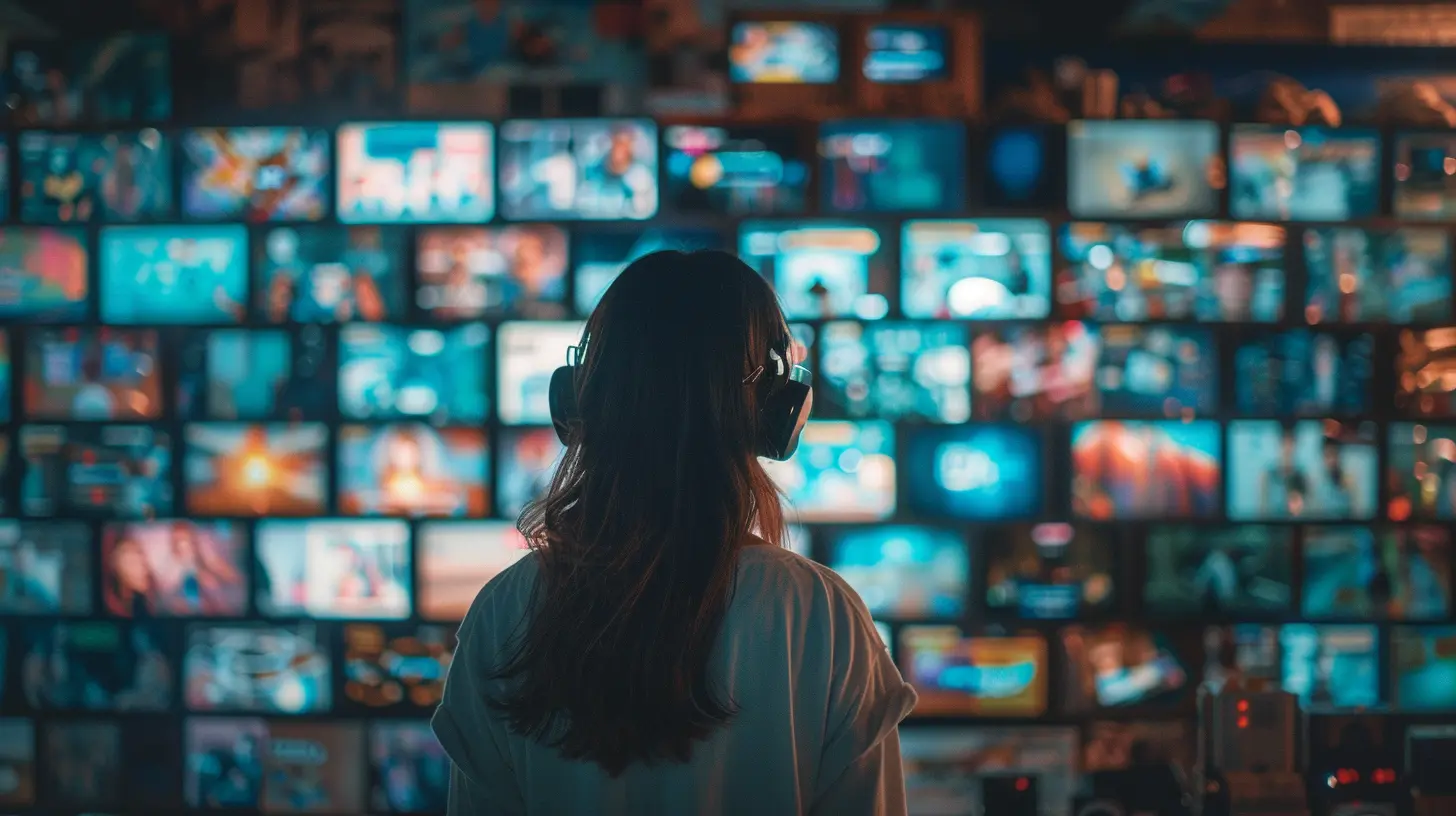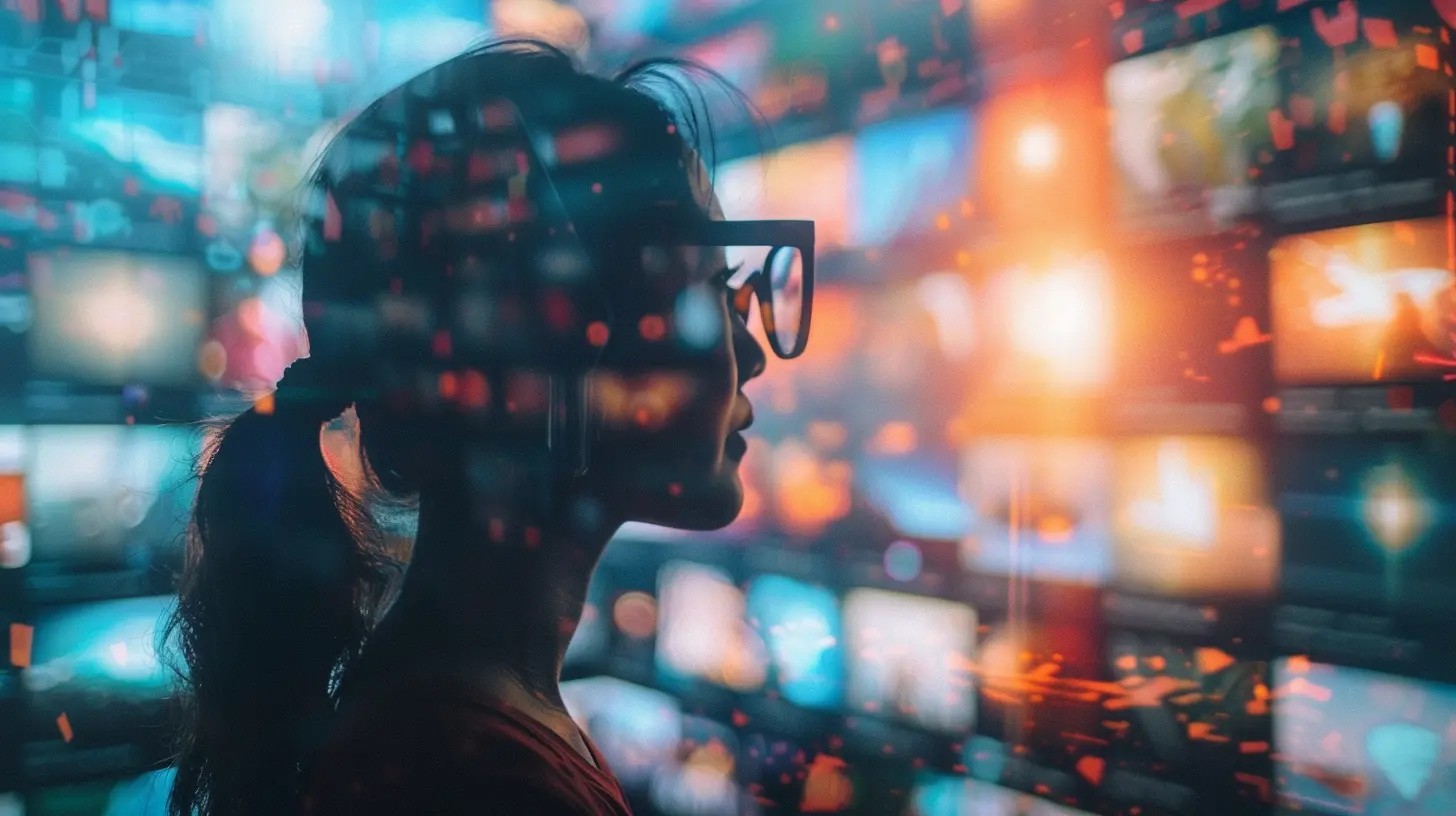Decoding Digital Media: A Guide to Understanding Online Information
10 June 2025
The internet is an ever-expanding universe of information, but how do we decipher what's real, reliable, and relevant? With digital media dominating our daily lives, understanding online information has never been more critical. From social media to news websites and blogs, we’re constantly exposed to a mix of facts, opinions, and sometimes, outright misinformation.
So, how do we navigate this digital jungle? Let’s break it down and equip ourselves with the tools we need to become savvy digital consumers. 
📌 What is Digital Media?
Before we dive deep, let’s get one thing straight: digital media refers to any content distributed through digital platforms like websites, apps, social media, and streaming services. This can include:- News articles and blogs
- Social media posts (tweets, Facebook updates, TikToks)
- Videos and podcasts
- Infographics, memes, and GIFs
- E-books and online journals
Basically, if it’s online and you can read, watch, or listen to it—it’s digital media. 
🎭 The Good, the Bad, and the Misleading: Understanding Digital Information
Not all online content is created equal. Some sources provide well-researched, credible insights, while others are riddled with misinformation, propaganda, or clickbait.Let’s break it down:
✅ Credible Information
Credible sources include reputable news outlets, scholarly journals, and government websites. They rely on fact-checking, professional journalism, and expert opinions. Think of websites like BBC News, The New York Times, National Geographic, or research papers on Google Scholar.⚠️ Misinformation vs. Disinformation
These two words often get mixed up, but they mean different things:- Misinformation: False or misleading information that is spread unknowingly. Example? Sharing an outdated health study thinking it's still accurate.
- Disinformation: Intentionally false information spread to manipulate public opinion. Think of fake news articles designed to spark outrage or influence elections.
🎯 Clickbait & Sensationalism
Ever seen a headline that screams: "You WON'T BELIEVE What Happened Next!"? That’s clickbait. It plays on curiosity, often exaggerating or distorting the truth to lure in clicks. News outlets and content creators use it for engagement, but it can be misleading.
🛠️ How to Evaluate Online Information Like a Pro
Now that we know there’s a mix of reliable and questionable content online, how do we filter out the noise? Here are some practical steps to verify digital information:📌 1. Check the Source
Who published the content? Is it a known and reputable organization, or a random website with no credibility? Stick to domains like .gov, .edu, and recognizable news sites for more reliable data.🕵️♂️ 2. Verify the Author
Is the author an expert in the field, or just someone sharing their opinion? Check their credentials, past work, and whether they have a history of credible journalism.🤔 3. Cross-Check with Other Sources
If something sounds too shocking or unbelievable, try finding the same information from multiple sources. Different credible outlets reporting the same story? It’s likely true. Only one obscure website reporting it? Be cautious.📅 4. Look at the Date
Old news or outdated studies can resurface and be misinterpreted. Always check the publication date before assuming something is current.📸 5. Analyze Images and Videos
Fake images are everywhere. Use tools like Google Reverse Image Search or TinEye to verify if an image has been altered or taken out of context.🏛️ 6. Identify Bias
Every source has some level of bias. Pay attention to language, framing, and omission of facts. If something feels overly one-sided, seek an opposing perspective to balance your understanding.
🧠 Critical Thinking in the Digital Age
Consuming online information without critical thinking is like eating whatever comes your way without checking if it’s healthy. You might ingest harmful content without realizing it.Here’s how to train your brain to think critically:
- Analyze before sharing – Don’t spread misinformation just because it aligns with your beliefs.
- Fact-check viral content – If something goes viral, consider why it’s spreading so fast. Is it emotional manipulation? Is it factual?
- Differentiate between opinion and fact – Just because something sounds persuasive doesn’t mean it’s true.
Think of online information like a new diet trend. Just because it’s popular and sounds convincing doesn’t mean it’s backed by science.
🚀 The Role of Social Media in Shaping Information
Social media is both a blessing and a curse. It’s a great tool for spreading information, but also the biggest hotspot for misinformation.📢 How Social Media Influences Public Perception
Social platforms like Facebook, Twitter, TikTok, and Instagram amplify content based on engagement—not accuracy. The more likes, shares, and comments a post gets, the more visibility it gains, regardless of its truthfulness.🧠 Echo Chambers & Filter Bubbles
Have you noticed that online platforms tend to show you content similar to what you already believe? That’s because of algorithms that create filter bubbles, limiting exposure to diverse perspectives. This reinforces personal biases and makes people more resistant to opposing views.To break free from this, follow a mix of sources—left, right, neutral, international—to get a well-rounded view.
🔗 Why Digital Literacy Matters More Than Ever
In an era of deepfakes, AI-generated news, and viral hoaxes, digital literacy isn’t just a skill—it’s a survival tool. Being media-literate means you’re not easily manipulated by false information.💡 How to Improve Digital Literacy
- Take online fact-checking courses (Websites like FactCheck.org and Snopes are great resources)- Stay updated on misinformation trends (Follow organizations like Poynter and Media Bias/Fact Check)
- Teach others – Share your knowledge with friends, family, and colleagues.
🌍 The Future of Digital Media & Information
With AI-generated content and deepfake technology advancing, navigating digital media will only become harder. The next challenge? Authenticating real vs. AI-created content.🛡️ What Can We Expect?
- More fact-checking initiatives: AI-powered tools to detect fake news.- Stronger regulations: Platforms may be required to flag misleading content.
- User responsibility: Ultimately, it’s up to us to approach digital media wisely.
📌 Final Thoughts
The internet has made information more accessible than ever, but it has also blurred the line between truth and fiction. The best way to stay informed is to be skeptical, verify sources, fact-check headlines, and think critically.Understanding digital media isn’t just about consuming content—it’s about questioning it. So next time you scroll through the news or see an outrageous claim, ask yourself: Is this real, who’s behind it, and what’s their agenda?
Stay curious, stay skeptical, and most importantly—stay informed.
all images in this post were generated using AI tools
Category:
Media LiteracyAuthor:

Madeleine Newton
Discussion
rate this article
2 comments
Sarah McNeal
Thank you for this insightful article on digital media. Your guidance on understanding online information is invaluable, especially in today's complex digital landscape. The practical tips provided will undoubtedly help readers enhance their media literacy skills and navigate the challenges of misinformation effectively.
June 17, 2025 at 2:35 AM

Madeleine Newton
Thank you for your kind words! I'm glad you found the article helpful in navigating the complexities of digital media.
Yazmin Tucker
This article brilliantly breaks down the complexities of digital media, offering essential tools for navigating the vast online information landscape. Its straightforward approach empowers readers to critically assess and interpret content, fostering digital literacy. A must-read for anyone looking to enhance their understanding of today’s digital world!
June 16, 2025 at 12:12 PM

Madeleine Newton
Thank you for your thoughtful feedback! I'm glad you found the article helpful in navigating the complexities of digital media. Your support means a lot!


